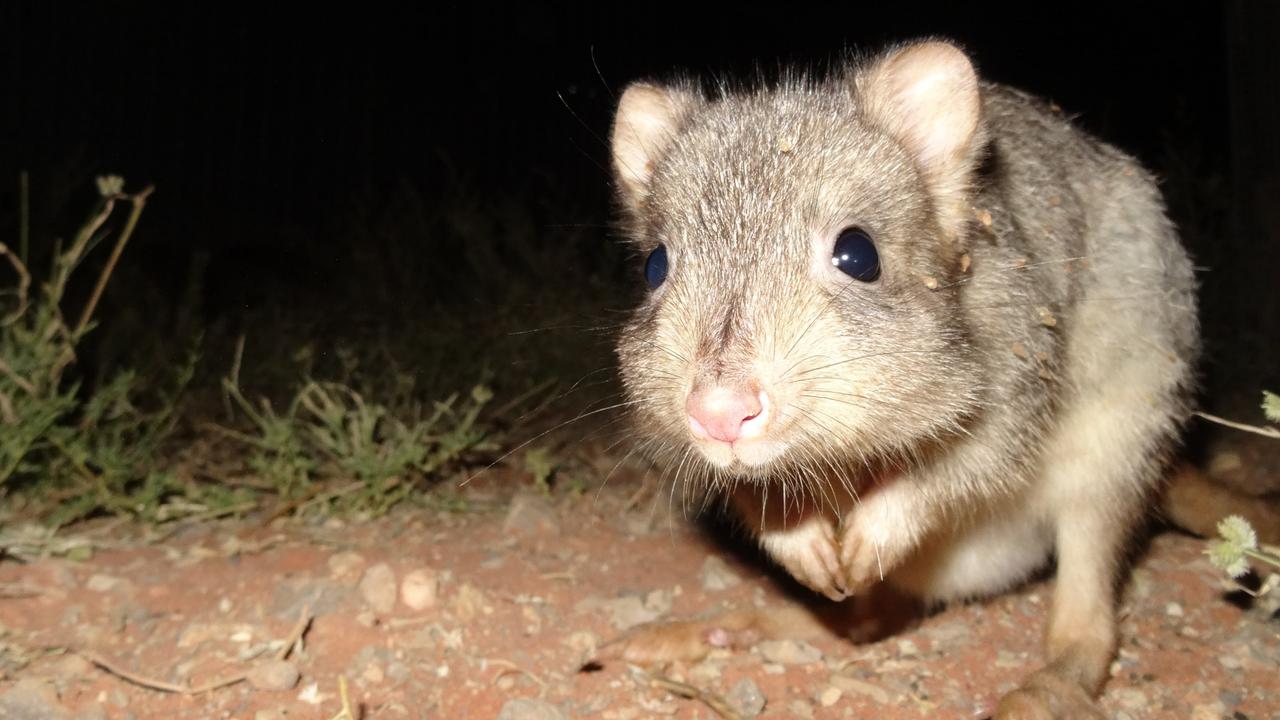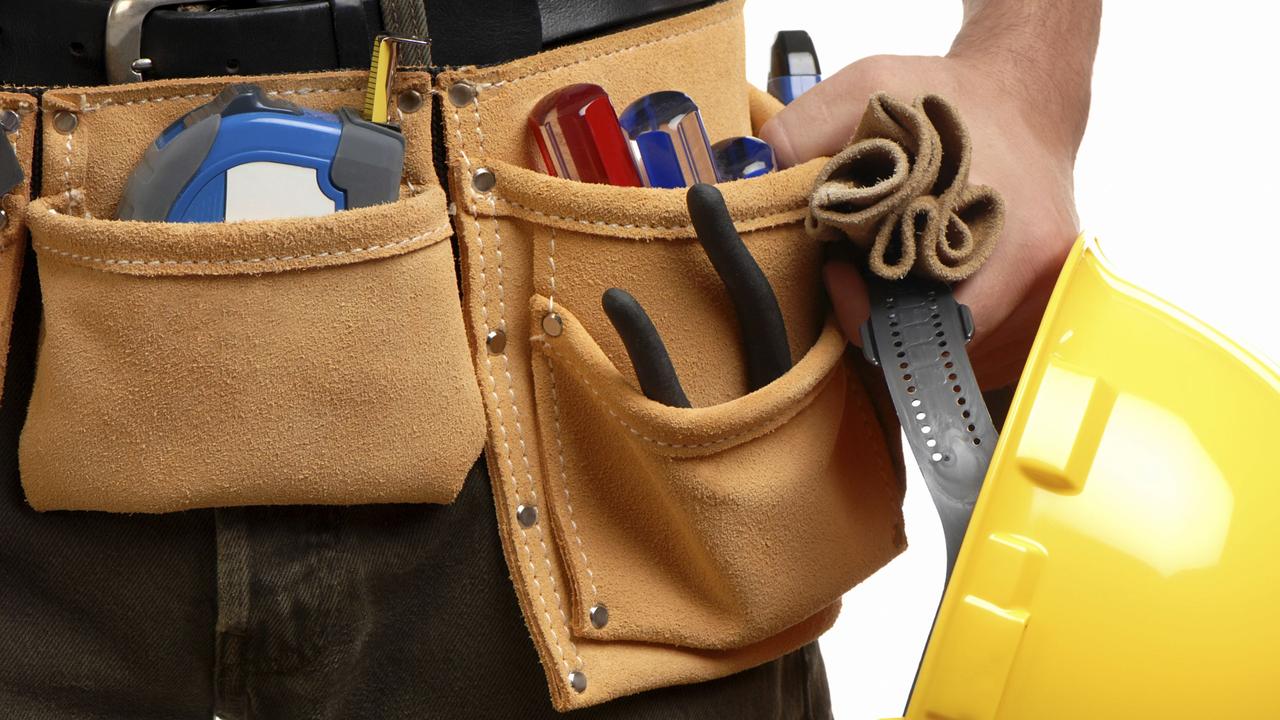No introduced species in Antarctica, SA Museum researchers say
SA Museum scientists have retraced the steps of Douglas Mawson and Ernest Shackleton, to find out what has changed on Antarctica since people have been going there.
SA News
Don't miss out on the headlines from SA News. Followed categories will be added to My News.
ANTARCTICA has been a pristine environment, with no new species introduced for at least 12 million years, South Australian Museum researchers found.
Thriving native microfauna, despite increasing tourism and exploration spells good news for the isolated habitat, scientists say.
Dr Alejandro Velasco-Castrillón and Dr Ian Hawes visited Ross Island in summer 2015-16 to investigate whether the past 100 years of human activity in the icy terrain had introduced foreign species.
They took samples from algae and water in the five largest lakes around Cape Royds before shipping them back to Adelaide and Christchurch for testing.
Now they, alongside the museum’s Dr Mark Stevens who led the team, have published their findings in the Antarctica Science journal.


Their investigation followed the steps of biologist James Murray who went on an expedition in the early 1900s to collect samples and examined them under a microscope.
By comparing specimens collected from both trips, the Adelaide team concluded that no foreign microfauna were introduced to Antarctica.
“It was a joy for us to find that this pristine part of the world doesn’t seem to have been affected by over 100 years of human visitation,” Dr Velasco-Castrillón said.
“(From this single trip) no introduced species were recorded, especially nowadays with increasing tourism and scientists. It is easy to carry specimen on soles of shoes, in soil, or on clothes ... which could be easily dispersed.”
Research associate Dr Velasco-Castrillón, who undertook the Antarctica fieldwork after receiving a Post-Doctoral fellowship award from the Council of Managers of National Antarctic Programs, said it was not clear what exactly would happen if there are introduced species but believed it would very likely threaten the native ecosystem.
But introduced animals are known to be able to threaten the environment of native species by competing for nutrients and space, leading to species that benefit the environment becoming extinct.

“Introduced species are more likely to overtake species already there and use the diversity from that place to take over the habitat,” Dr Velasco-Castrillón said.
“We don’t yet know the full extent of how microfauna helps the Antarctic environment and the importance of biotic interactions, but we do know these tiny animals play a vital role in maintaining the environment of the coldest continent on Earth.
“It’s vital that this kind of research continues, as it gives us a better understanding about all forms of life, including the impact that humans and climate changes have on environments and animal survival.”
Antarctica reached its coldest point, or maximum glaciation, around 15 million years ago, which is supported by fossil evidence.
DNA research shows that no animals have moved into Antarctica for 12 million years or more. Dr Stevens said technology had changed in the last 100 years, giving his team a chance to test specimens genetically.
He said Murray’s expedition, which included leading Antarctica explorer Sir Ernest Shackleton and Sir Douglas Mawson, was the last time Ross Island was investigated.
“But there were some specimens that required us to use a microscope and compare their structure with the extensive notes that Murray made a century ago,” said Dr Stevens.
“While some changes in composition were found among the microfauna among the lakes, we didn’t find any trace of introduced species from outside of Antarctica.”
The samples taken at Ross Island revealed the continued existence of native species including Rotifera (wheel animals), Tardigrada (water bears) and Nematoda (round worms).


